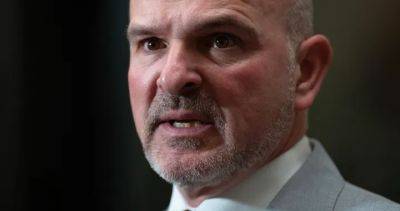At a pivotal moment, US economic data will be a mess
Subscribe to enjoy similar stories. When hurricanes hit, they send air pressure sharply lower. They can affect the barometers we use to read the economy, too.
Hurricanes Helene and Milton are likely to wreak havoc on economic indicators at a particularly delicate time. The employment report for October comes out Friday, four days before the election. It will bear the hurricanes’ marks, which could make it especially susceptible to being spun for political advantage in the final stretch of the presidential campaign.
The Federal Reserve’s next decision on rates comes just two days after Election Day. Hurricane effects on the data will make it harder for the Fed to decide how much—or whether—to cut interest rates to keep the economy solid and inflation headed down. Helene was the deadliest hurricane to hit the U.S.
mainland since Katrina, and many affected communities are still recovering. Milton came just two week later. The storms temporarily put people out of work and shut stores, factories and construction sites.
Eventually, the economy will bounce back, but these effects make it harder to understand how things are faring now. September’s jobs report rewrote the picture of the labor market from rising unemployment and slowing job growth to steady unemployment and robust job growth, reaching 254,000 in September. October’s number will be depressed not just by the storms, but the Boeing strike.
Economists expect the report will show the economy added 110,000 jobs. For that jobs number, the Labor Department surveys U.S. employers on how many people they had on their payrolls during the pay period that includes the 12th of the month.
Read more on livemint.com























